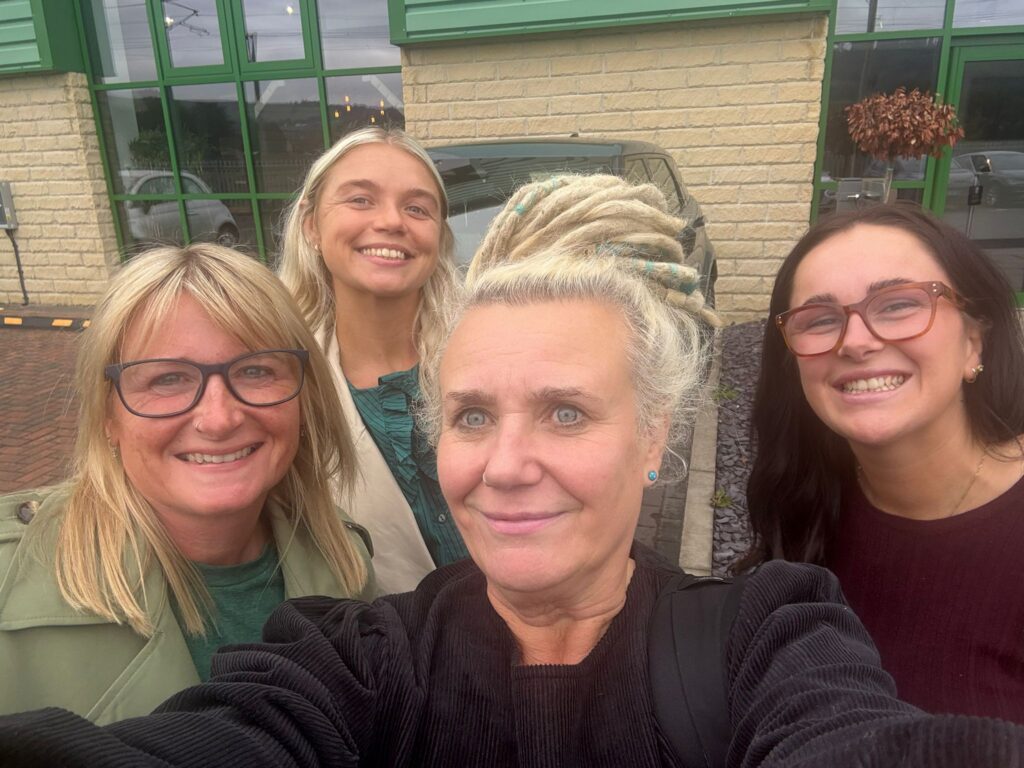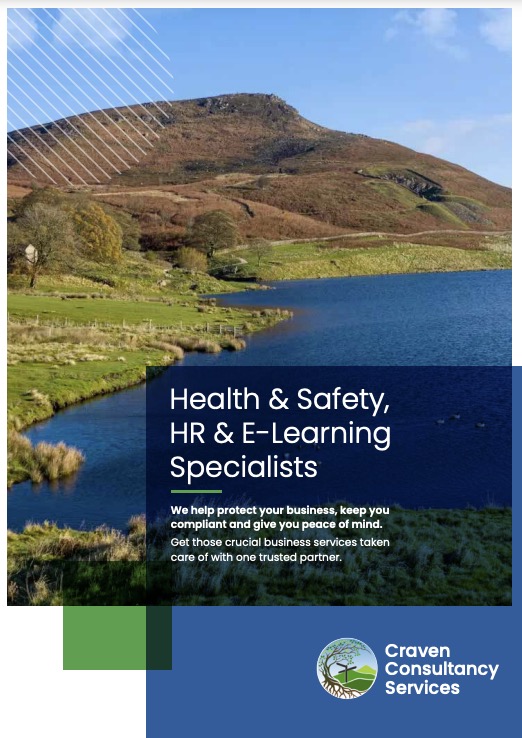This beginning of this year marks a major milestone for the Health and Safety Executive (HSE) as it celebrates 50 years of dedication to protecting workers and the public. Since its establishment in 1974, HSE has become a cornerstone of workplace safety in the UK, adapting to new challenges while maintaining its core mission: to prevent death, injury, and ill-health in workplaces.
A Brief History of the HSE
HSE was created following the Health and Safety at Work etc. Act 1974, a ground breaking piece of legislation that recognised the importance of safety across industries. Prior to the Act, workplace safety was a patchwork of regulations, many of which failed to address the realities of modern workplaces. The Act changed that, giving HSE the authority to enforce standards and support businesses in keeping people safe.
Over the past five decades, HSE has evolved alongside society, tackling challenges from industrial hazards in the 1970s to emerging risks like stress, mental health, and digital technologies today. The organisation’s work has been instrumental in reducing workplace fatalities and injuries, making the UK one of the safest places to work in the world.
Key Achievements
1. Transforming Workplace Cultures
One of HSE’s greatest successes has been changing the way businesses think about safety. What was once considered an afterthought is now at the heart of many workplace operations.
2. Pioneering Research and Guidance
HSE has played a leading role in researching workplace risks and developing practical guidance. From asbestos management to ladder safety, its advice has shaped policies and practices globally. This research continues to inform legislation and keep workers safe in industries old and new.
3. Championing Mental Health
In recent years, HSE has taken a more holistic approach to safety, recognising the importance of mental well-being. Initiatives addressing workplace stress and mental health have helped normalise conversations about these issues and provided employers with tools to support their teams.
4. Navigating the COVID-19 Pandemic
HSE’s role during the pandemic was vital. It provided clear guidance on making workplaces COVID-secure, balancing the need to protect workers with the imperative to keep industries running. This period highlighted HSE’s ability to adapt and respond quickly to emerging risks.
The Future of HSE
As HSE moves into its next chapter, the challenges are as complex as ever. The world is ever changing – from climate change, technological advancements, and an aging workforce etc. These factors will all change the shape of safety in our world. HSE will need to continue innovating, ensuring that its approach remains relevant and effective in a changing world.
Why the HSE’s Work Matters
It’s easy to take workplace safety for granted, but the statistics tell a compelling story. Since HSE’s founding, workplace fatalities have fallen dramatically. Behind those numbers are countless lives saved, families spared from tragedy, and communities kept whole.
The work doesn’t stop. Every injury prevented and life saved is a reminder of why organisations like HSE exist. As it celebrates 50 years, HSE’s commitment to making workplaces safer remains as vital as ever.
A Thank You to HSE
For half a century, the Health and Safety Executive has stood as a guardian of safety, fairness, and human dignity in workplaces across the UK. Its impact reaches beyond regulations and inspections—it’s about creating a culture where people are valued and protected.
So here’s to the HSE: thank you for the past 50 years, and here’s to many more decades of keeping us safe.
If you need our help with any of your Health and Safety/ HR needs then please get in contact on 01756 860 600.
H&S Services & Pricing – Craven Consultancy Services
HR Services & Pricing – Craven Consultancy Services













